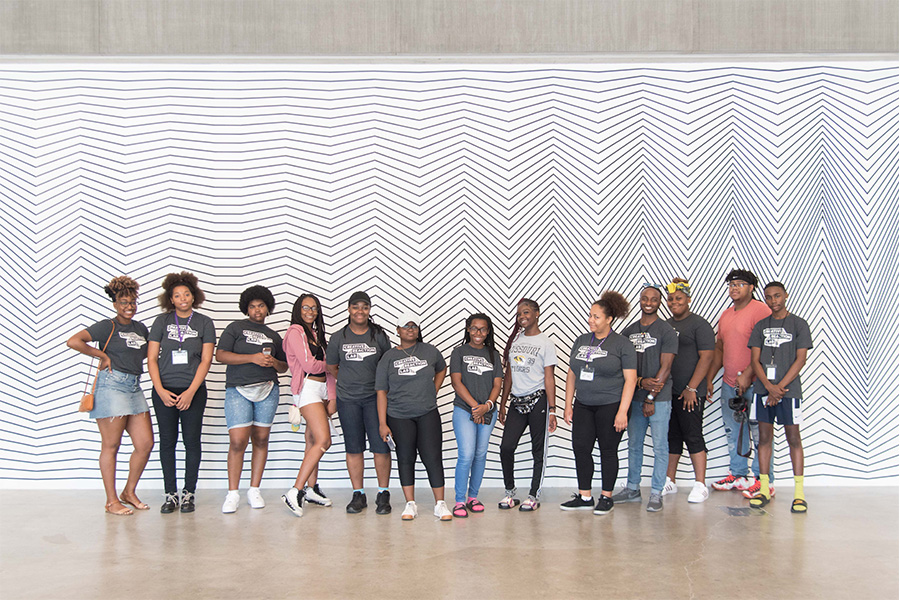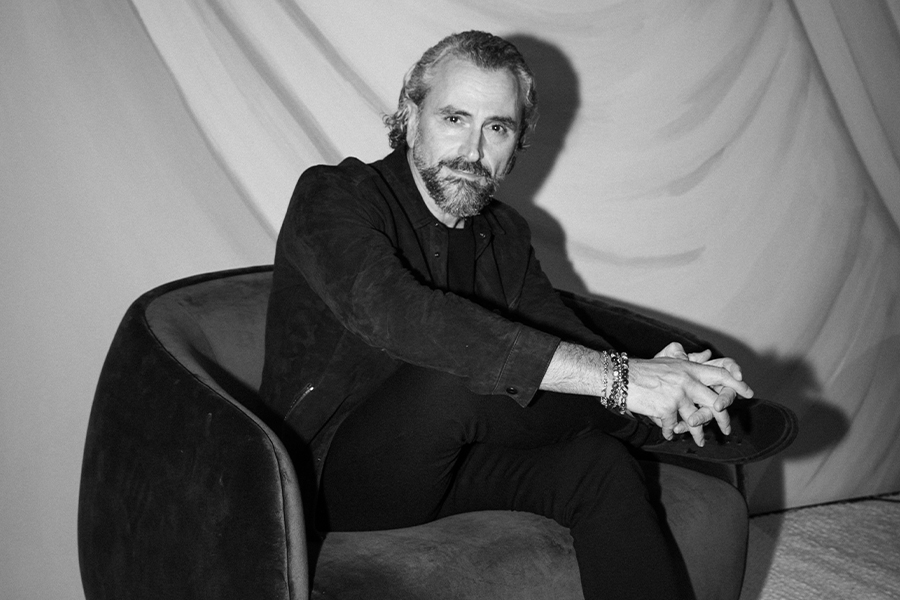What does your St. Louis-based nonprofit Creative Reaction Lab set out to do?
[Our] goal is to share equity-centered community design to achieve sustained community health, economic opportunities, and social and cultural solidarity.
Why is it important for your programs to be both youth-centered and intergenerational?
Our mission is to train, educate, and challenge Black and Latinx youth to become leaders in designing health and racially equitable systems, therefore, it is vital that they are centered in our programming and services. Our intergenerational programs give the youth access to adults who hold traditional power and give those adults the tools to shift power and amplify youth voices, as well as giving educators the tools to include students cultural references to different aspects of learning.
What is Equity-Centered Community Design?
A creative problem-solving process based on equity, humility building, integrating history and healing practices, addressing power dynamics, and co-creating with the community. This design process focuses on a community’s culture and needs so that they can gain tools to dismantle systemic oppression and create a future with equity for all.
How can hospitality design professionals use Creative Reaction Lab approaches to inform their practices?
In whatever industry you work in there is room to grow in your understanding of the community that you are working in, the people you’re working with, and how your designs or your organizational culture can be more equitable. Anyone can introduce humility and empathy into their organization, creating an organizational culture where employees are encouraged to confront unseen areas, biases, and subjects where they lack knowledge and then learn from their coworkers and community members. While a design organization may already have a process that they use to assess a community’s needs, [it is also making sure to include] community member’s insights in that assessment, as well as taking into account the history of the community and using [that] to assess the intentional and unintentional impact of the project.

Creative Reactions Lab mobilizes youth and takes a equity-centered community design approach
What types of questions and actions are built into this process?
Equity Centered Community Design allows space for people to acknowledge their biases, their unseen areas, and unlearn. A few parts of the ECCD Framework call for diverse co-creators, humility and empathy building, history and healing, and acknowledging and dismantling power structures. These parts allow for a variety of perspectives and worldviews. It also encourages and gives people the tools to connect and center living experts in the communities that will be affected by the design scenario, and really analyse who has traditional power and how we can shift power to those who are typically undervalued. We included these tactics in our framework so that when this Framework is in use we are designing with a community and not just assuming what a community needs and therefore inflicting more harm. While considering these different parts of the framework we have questions that we ask ourselves. When we are implementing diverse co-creators we ask; “Who is a part of the decision making process and why?” “Who is missing?” “How can we make the decision making process more accessible to those who want/ need to be involved?”, these questions also then are built upon when we get to assessing community needs we always want to include living experts in these communities. When we work to build humility and empathy we often ask questions that confront our own biases and assumptions. When we are teaching Equity-Centered Community Design or putting it to practice ourselves through our programming we continually ask these questions and other questions that challenge ourselves or others to make sure that we consistently practice ECCD as inclusively and equitably as possible.
What is Redesigners for Justice?
The Redesigner for Justice Movement is about training and educating a new type of young leader that will address racial and health inequities. There are two factions to being a Redesigner for Justice: An Equity Designer or Design Ally. Redesigners for Justice approach issues with significant self-awareness, assessing context to understand where they fit. Because everyone has different privileged and oppressed identities a Redesigner for Justice can be both an Equity Designer and Design Ally.
What types of organizations participate in your workshops? What industries or fields do you think could?
Our workshops reach across a variety of global sectors. We have workshop attendees from traditional design organizations, education/ high education institutions, health organizations, and different government entities. We hope to continue to grow and continue to reach all sectors. Any organization can benefit from confronting the systems that they have in place and gaining tools to make those systems more inclusive, equal, and equitable.
How can the practice of design help build better, more inclusive communities?
In the United States, we’re constantly navigating decisions that were defined through the lens of privileges and exclusion and how its impacted historically underinvested communities for generations. At Creative Reaction Lab, our foundational belief is that like all systems, systems of oppression, inequality, and inequity are by design. Therefore, they can be redesigned. And, I believe that we need our young leaders to address these deeply embedded and multi-generational inequities.
A version of this interview appeared in HD’s February/March 2021 issue.


